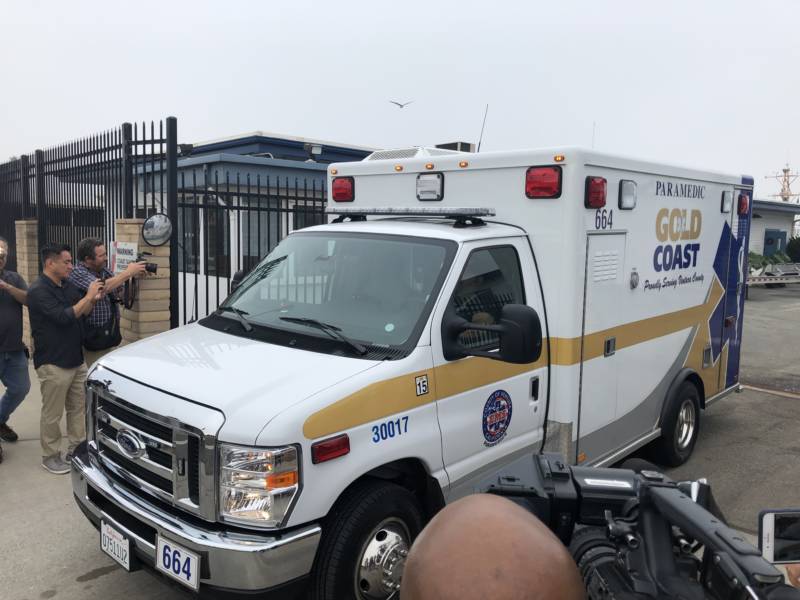Dr. Lori Morgan, president and chief executive officer of Huntington Hospital in Pasadena, said emergency room overcrowding has become common during the pandemic following a rise in non-urgent use of emergency departments for issues such as behavioral health and homelessness support. She said she also faces obstacles to discharging patients such as a lack of post-acute care beds and insurance delays.
On Wednesday, Morgan said she had 18 patients clinically ready for discharge but nowhere to send them. Meanwhile, eight in the emergency room needed to be admitted and another 15 were expected to follow, not counting patients in ambulances waiting to get in, she said.
“There is not a silver bullet,” she said.
First responders were adamant that hospitals need to do more to receive their patients quickly, enabling them to respond to more calls, as well as to take breaks and lunch. Several speakers suggested fining hospitals for failing to receive patients more quickly, or giving them economic incentives to do so, as well as ways to treat more non-acute patients through outside programs or in other settings beyond emergency rooms.
Sacramento Assistant Fire Chief Eric Saylors said every time ambulances are tied up with patients at hospitals, he sees response times in the community go up. Last week, he said a patient stopped breathing near a hospital where two ambulances were waiting with other patients for more than an hour. Another ambulance that was 8 miles away drove over to transport the patient to the hospital, he said.
“These are taxpayer resources that are being used right now to staff hospitals,” Saylors said. “This is nothing short of criminal.”
During the hearing, other ideas were floated to reduce the delays, including freeing up hospital nurses from some paperwork requirements and staffing ratios. Vicki Bermudez of the California Nurses Association pushed back, saying other states face similar delays and don’t have staffing ratios that ensure quality patient care in California and help prevent nurse burnout at a time when they are critically needed.

